Newsroom
NEW REPORT -- Risk Management and Internal Audit: Forging a Collaborative Alliance
RIMS & The Institute of Internal Auditors Joint Report Highlights the Advantages of
Internal Audit and Risk Management Collaboration
NEW YORK (April 11, 2012) — Collaboration between the disciplines of internal audit and risk management can lead to stronger, more efficient decision-making and enhance an organization’s overall risk management capability and value, according to a new executive report jointly released by RIMS (Risk and Insurance Management Society, Inc.) and The Institute of Internal Auditors (The IIA). The free report is available on both the RIMS and The IIA websites.
The “Risk Management and Internal Audit: Forging a Collaborative Alliance” report defines the roles and responsibilities of both the risk management and internal audit functions. It highlights four common practices, as well as the value that each of the practices generates for organizations, while building robust risk management capabilities. The report also features four cases that highlight differing approaches certain highly regarded organizations have taken in realizing the benefits of forming such alliances: Cisco Systems, Hospital Corporation of America, TD Ameritrade, and Whirlpool Corporation.
“The risk management and internal audit roles are complementary. An overarching common goal is to position organizations for successful achievement of their respective missions and business objectives,” said Carol Fox, RIMS Director of Strategic and Enterprise Risk Practice. “As noted in the report, the two disciplines are more effective working together than separately, especially when there is a common understanding of each other’s roles. For example, as internal audit offers assurance as to management’s effectiveness regarding strategic risks, the risk management function provides the techniques and methods for management to be most effective.”
“In the end, risk managers and internal auditors have many of the same stakeholders – boards and executive management, and these stakeholders want to maximize resources while effectively managing risk,” indicated IIA Vice President of North American Services Hal Garyn, CIA. “Having these vital risk management and assessment functions collaborate, speak the same language, and leverage one another’s perspectives on the business is crucial. The sum is truly greater than their parts.”
About The IIA
Established in 1941, The Institute of Internal Auditors (IIA) serves 170,000 members in 165 countries and is the internal audit profession's global voice, chief advocate, and principal educator. The Institute develops and maintains the International Professional Practices Framework for internal auditing, comprising the International Standards for the Professional Practice of Internal Auditing, and certifies professionals through the globally recognized Certified Internal Auditor, Certification in Risk Management Assurance, Certified Financial Services Auditor, Certified Government Audit Professional, and Certification in Control Self Assessment. Visit www.globaliia.org or www.theiia.org.

Leave a comment